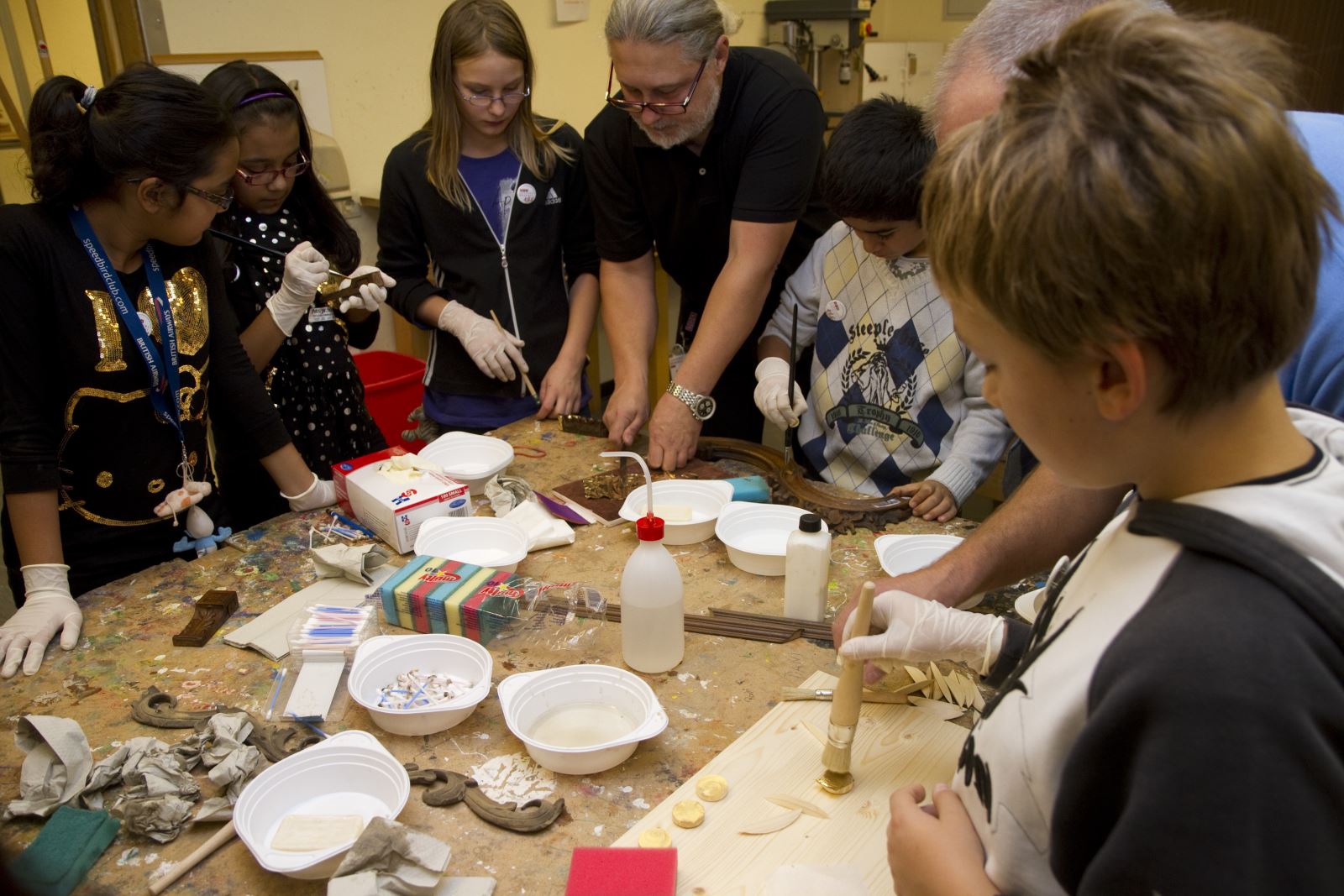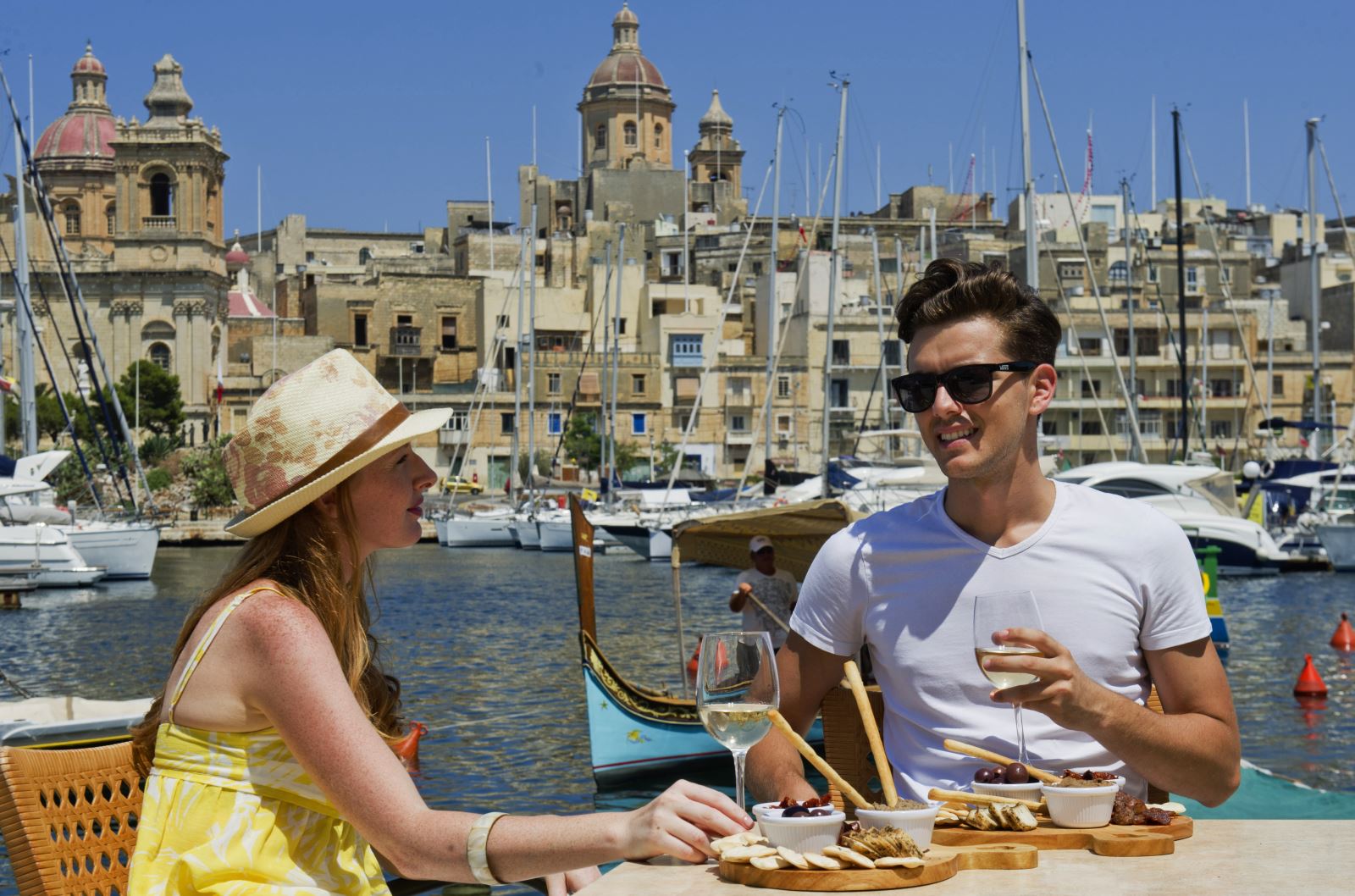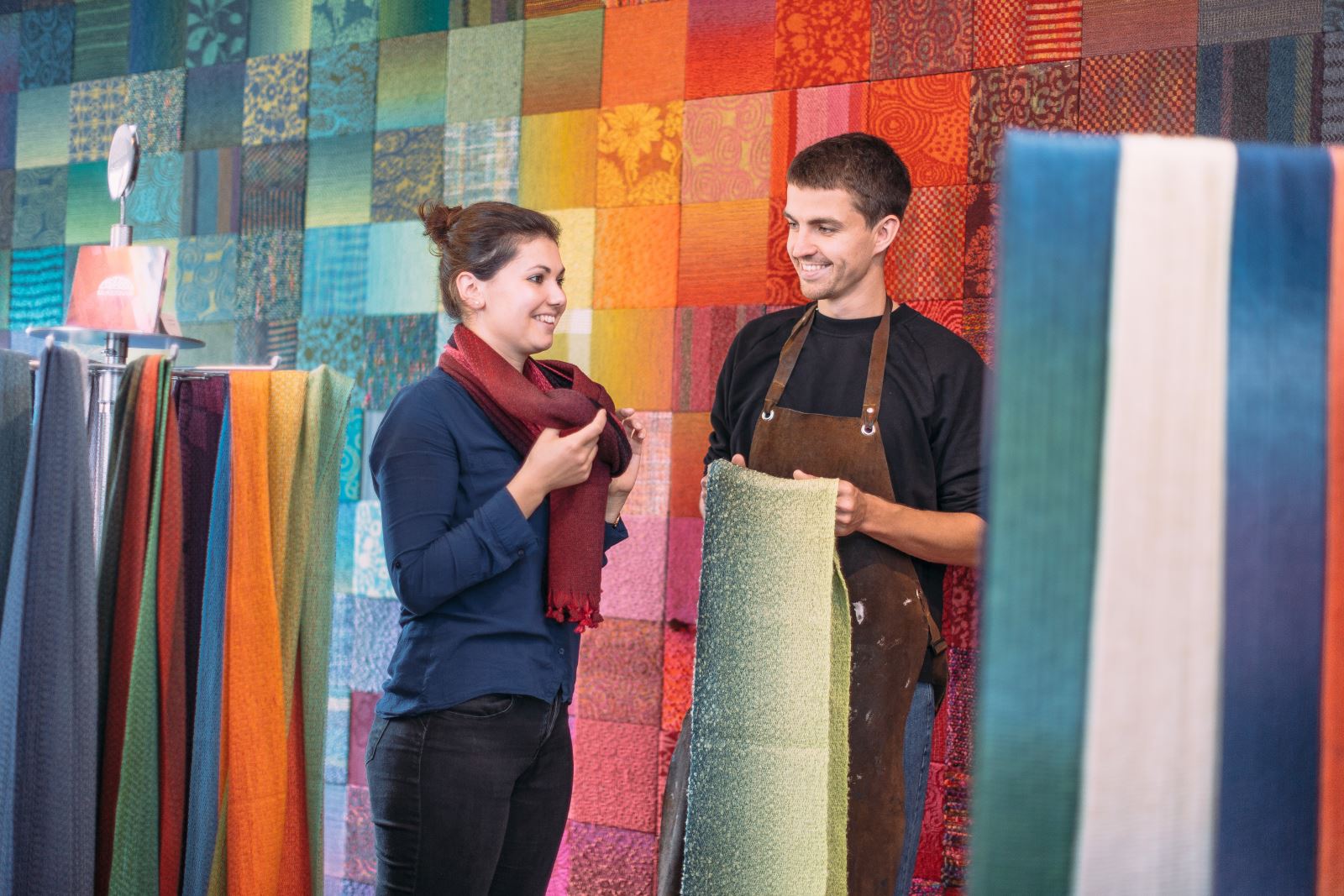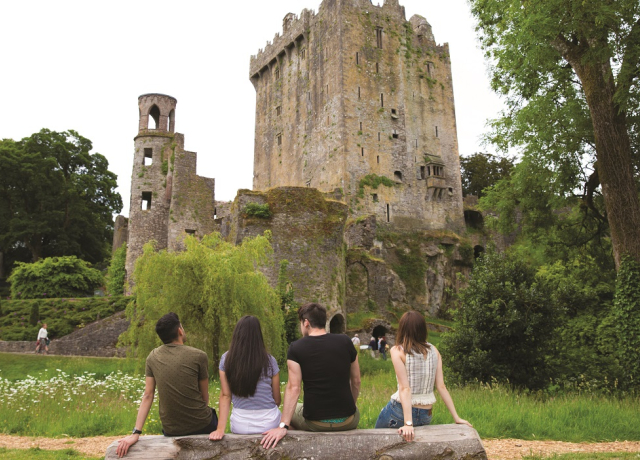10 Themes to Explore During European Year of Cultural Heritage 2018
10 Themes to Explore During European Year of Cultural Heritage 2018
Since the start of the European Year of Cultural Heritage 2018, we have seen hundreds of creative initiatives promoting shared European values and helping develop our sense of belonging. As the celebrations continue, more and more social, cultural, and physical barriers to exploring heritage are being removed.
Such a comprehensive effect has been achieved not only by the various projects, events, and resources that have been made available to citizens, but also by the unique set of themes the Year is focusing on. As presented by European Commission, the key themes and initiatives of the Year revolve around 10 vital aspects of heritage discovery, preservation, promotion, and enhancement.
1. Shared heritage
The title theme of European Heritage Days 2018 is one of the most significant exploratory topics of the Year. It aims to present the depth and complexity of European connections through the open access to thousands of sites, monuments, and events across Europe. As an initiative that makes this possible for 30 million people every year, European Heritage Days is key to enabling as many Europeans as possible to learn more about their shared histories. Everyone who wishes to get involved as an event organiser can find inspiration in the 101 Event Ideas publication available for download here.
2. Heritage at school

A special emphasis during European Year of Cultural Heritage 2018 is put on the young. With several cross-border initiatives enabling children to learn more about their heritage and explore their environments, the Year is securing the future of European heritage. One of the most successful initiatives in this respect is the Heritage at School initiative that interactively integrates heritage education with the school curricula.
3. Youth for heritage
Another remarkable youth-oriented activity is the Youth for Heritage action that encourages youth involvement in heritage governance. In collaboration with UNESCO, the action empowers European youth to submit project proposals and make a difference through a Young Heritage Experts Forum that gathers young professionals interested in cultural and heritage studies.
4. Heritage in transition
Aiming to intertwine cultural heritage and environmental, architectural, and planning policies, the Heritage in Transition initiative encourages cross-sectoral collaboration on a variety of projects and through thematic workshops.
5. Tourism and heritage

As one of the most potent ways to promote heritage, integrating tourism and heritage is justifiably one of the European Commission’s priorities for the Year. The targets for this initiative are European tourism and cultural policy makers, professionals, and local communities that can enable wider access to heritage sites through tourism.
6. Cherishing heritage
While awareness-raising is one of the goals of European Year of Cultural Heritage, its mission is to create a better future for all the unique European sites, monuments, skills, and crafts. To make it happen, a set of projects is focusing on sharing the best practices in conservation and contemporary interventions on cultural heritage.
7. Heritage at risk
The Heritage at Risk initiative focuses on the enablement of European-level policies regulating the cultural goods import into the EU. Its primary objective is to enhance Europe’s ability to combat the illicit trade in cultural goods through a cooperation of key stakeholders and policy makers.
8. Heritage-related skills

Being the custodians of heritage, individuals and community groups who can help transfer traditional skills and crafts to future generations are supported by a series of training and funding opportunities. The goal of these projects is to enable a wider understanding, acquisition, and promotion of Europe’s intangible heritage.
9. All for heritage
The unity and opportunities for involvement in a cause as grand as heritage preservation are vital to building a better future for our society. That is why the principles of Faro Convention and Social innovation are emphasised within European Year of Cultural Heritage, particularly through European Commission’s projects such as Horizon 2020. A recent example of a project supported by the European Commission and Horizon 2020 is The Time Machine FET Flagship that recently entered its second phase of development.
10. Science for heritage
As a critical component of heritage exploration and preservation, science helps not only in finding out more about heritage, but also in rebuilding it and preserving it for future. Understanding this potential, the Science for Heritage initiative involves actions that put modern technologies to work for heritage.
Through these ten important focus points, European Year of Cultural Heritage provides a truly comprehensive insight into heritage and makes it closer to the widest number of people possible. Every single activity, idea or project carried out within the Year enhances Europe’s power to preserve its heritage for future generations and brings significant cultural, social, and economic benefits for everyone.
Photo Credits: European Year of Cultural Heritage Media Galery
